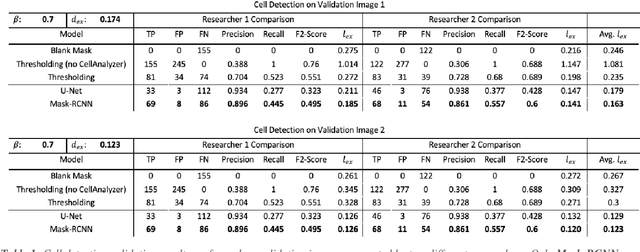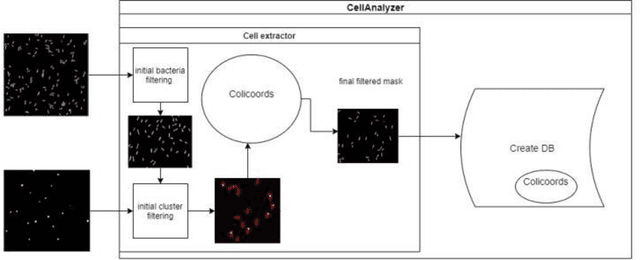Guy Azran
Contextual Pre-Planning on Reward Machine Abstractions for Enhanced Transfer in Deep Reinforcement Learning
Jul 11, 2023Abstract:Recent studies show that deep reinforcement learning (DRL) agents tend to overfit to the task on which they were trained and fail to adapt to minor environment changes. To expedite learning when transferring to unseen tasks, we propose a novel approach to representing the current task using reward machines (RM), state machine abstractions that induce subtasks based on the current task's rewards and dynamics. Our method provides agents with symbolic representations of optimal transitions from their current abstract state and rewards them for achieving these transitions. These representations are shared across tasks, allowing agents to exploit knowledge of previously encountered symbols and transitions, thus enhancing transfer. Our empirical evaluation shows that our representations improve sample efficiency and few-shot transfer in a variety of domains.
MicroAnalyzer: A Python Tool for Automated Bacterial Analysis with Fluorescence Microscopy
Sep 26, 2020



Abstract:Fluorescence microscopy is a widely used method among cell biologists for studying the localization and co-localization of fluorescent protein. For microbial cell biologists, these studies often include tedious and time-consuming manual segmentation of bacteria and of the fluorescence clusters or working with multiple programs. Here, we present MicroAnalyzer - a tool that automates these tasks by providing an end-to-end platform for microscope image analysis. While such tools do exist, they are costly, black-boxed programs. Microanalyzer offers an open-source alternative to these tools, allowing flexibility and expandability by advanced users. MicroAnalyzer provides accurate cell and fluorescence cluster segmentation based on state-of-the-art deep-learning segmentation models, combined with ad-hoc post-processing and Colicoords - an open-source cell image analysis tool for calculating general cell and fluorescence measurements. Using these methods, it performs better than generic approaches since the dynamic nature of neural networks allows for a quick adaptation to experiment restrictions and assumptions. Other existing tools do not consider experiment assumptions, nor do they provide fluorescence cluster detection without the need for any specialized equipment. The key goal of MicroAnalyzer is to automate the entire process of cell and fluorescence image analysis "from microscope to database", meaning it does not require any further input from the researcher except for the initial deep-learning model training. In this fashion, it allows the researchers to concentrate on the bigger picture instead of granular, eye-straining labor
 Add to Chrome
Add to Chrome Add to Firefox
Add to Firefox Add to Edge
Add to Edge